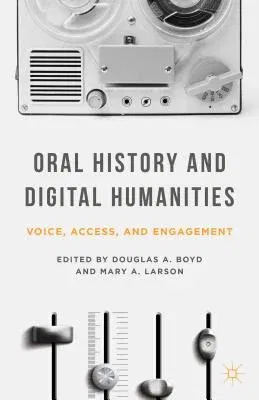Over the last two decades, much has changed in the world of oral
history, as technology has opened up a wide range of possibilities for
presentation and preservation of material. The doors of the archives
have been blown from their hinges - and "access" has come to have a
completely different meaning. This results in expectations for access
and engagement that are vastly different than they were a mere twenty
years ago. This innovative book examines the theoretical and practical
developments that have occurred in the practice of oral history since
digital audio and video became practical working formats. Over the
years, the digital revolution has changed how oral historians
conceptualize projects, how they deal with ethical issues, how they
process their materials, how they think about sound and video, and how
materials are made accessible. All of this has placed oral history
squarely in the middle of the conversation about digital humanities.
Each chapter covers a different groundbreaking project in the history of
digital oral history from the perspective of the project's organizer,
explaining the reasons those projects were developed in the first place,
how the researchers solved problems they faced, and how the solutions
evolved over time with advancing technologies. Most pertinently, they
discuss how the problems that started them on their digital paths are
being dealt with currently and what they see for the future of oral
history. The result is an illuminating survey of oral history's digital
evolution, distilling the insights of pioneers in the field and applying
them to the constantly changing electronic landscape of today.

